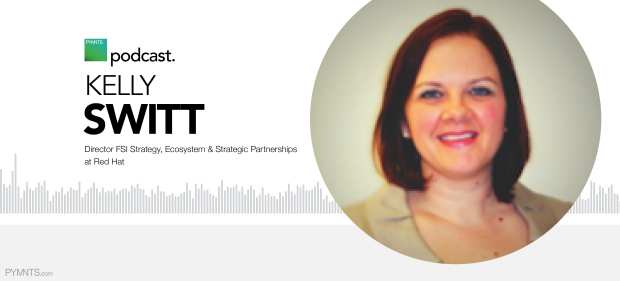Using P2P Payments To Bank More Of The Unbanked

Although lower costs and increased availability of new peer-to-peer (P2P) payment systems have allowed more first-time users to enjoy the ease and benefits of the banking system, the fact remains that 1.7 billion adults are still “unbanked.”
While efforts to eradicate this problem have been trending in the right direction, experts say the digital shift and lifestyle changes brought on by COVID-19 have boosted the transition.
“COVID, in general, has accelerated the adoption of digitization within the banking sector, but in particular, for the unbanked,” Kelly Switt, Red Hat’s senior director of financial services industry strategy, ecosystem and strategic partnerships, told PYMNTS.
She said the global pandemic has simply advanced a movement that has been underway for years, which has sought to provide banking access and digital financial services to underserved communities, mostly through mobile devices.
In addition, Switt said, central banks and government entities around the world have now begun to think differently about how they regulate the banking sector, to ensure that they are being as inclusive as possible in order to help this underserved population engage more deeply.
“All of these government bodies are really starting to double down on their thought process around digital money movement instead of check cashing,” Switt said – partly as a means of reducing fraud, but also to give people quicker access to funds in order to put food on the table.
The Cash Culture
Cash may still be the dominant form of payment in most emerging markets, but Switt said that “aggressive fee compression” on the use of digital mechanisms is helping to coax some unbanked users off the sidelines.
The fact that more telecom companies are now offering basic mobile payment services is also helping to bridge the unbanked gap. However, Switt said, given the complexities involved in cross-border transactions, capital requirements, multi-jurisdictional regulation and actual transactional processing, most cell phone service providers are choosing to find a strategic partner rather than going it alone.
“Some will choose to go down the path of becoming a fully digital bank through a virtual bank license, but I would say we will see many more of the mobile carriers going down the path of partnerships, because it will reduce the amount of investment they would need to make in order to have that expansion of mobile payments,” Switt explained.
Crypto And AI/ML
Switt went on to say that the potential creation of national digital currencies could help to bring more new users into the banking system, as well as serve as a “deterrent for crime.”
And when it comes to utilizing artificial intelligence (AI) and machine learning (ML) to assist the underserved, Switt sees lots of opportunity.
“In the past, when consumers received advice about their financial health, that was usually done by a person,” she said. But now, even basic financial health and management advice can almost always be automated, with AI and ML leading the way.
“When you think about how the banks staff their organizations and how they may want to engage this underserved community, [AI/ML] is really a perfect use case for bringing technology to the betterment of society,” Switt noted. “I think it can play a very strong role, provided it is built within the context of social justice.”
Building Trust
While many people might assume that being unbanked also means being unemployed or simply out of the formal labor force, Switt said that is often not the case – especially at a time when so many people make a living through so-called gig economy jobs.
By comparison, she explained, trust remains the primary obstacle for most unbanked people, as the notion of handing over personal details to the government or a bank is often off-putting.
“There’s still this leap we need to make, and it’s around the establishment of trust with the [unbanked] communities and the banking industry,” Switt said.
Although some 700 million new accounts have come online since the unbanked initiative gained prominence a few years ago, 31 percent of the population still has no bank account or service.
As Switt noted: “There’s still so much more potential, and this is where it really comes down to building relationships and trust.”
